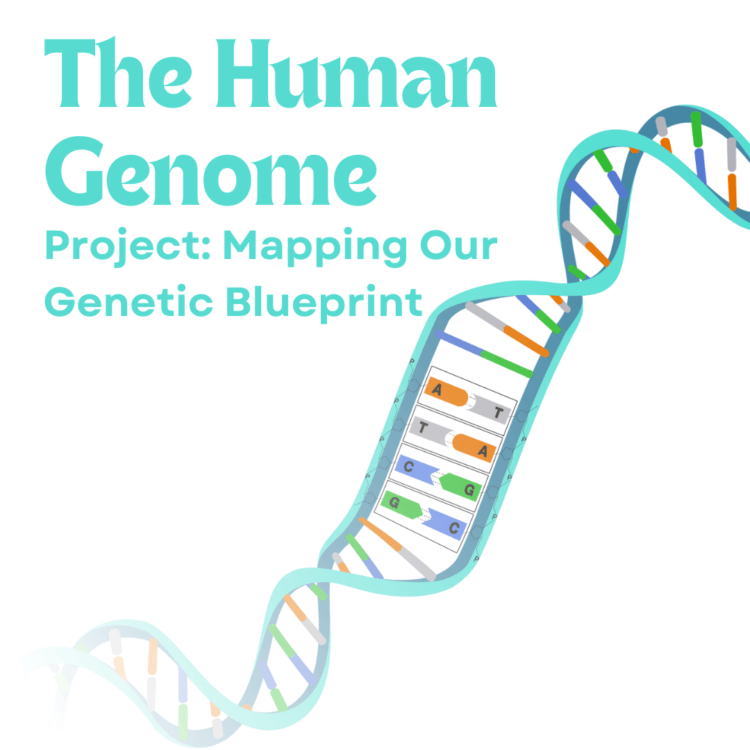The Human Genome Project (HGP) was a groundbreaking international scientific initiative that aimed to map and sequence the entire human genome, our genetic blueprint. Here are the key aspects of this monumental endeavor:
Initiation
The Human Genome Project was officially launched in 1990, with the goal of sequencing the entire human genome, which consists of approximately 3 billion base pairs of DNA.
Collaboration
The project was a collaborative effort involving multiple countries and research institutions. The main players were the United States, the United Kingdom, Japan, France, Germany, and China, among others.
Genome Sequencing
The primary objective of the HGP was to determine the order of DNA bases (adenine, thymine, cytosine, and guanine) in each human chromosome. This involved a massive sequencing effort, with researchers working to identify and map all the genes contained within the genome.
Genomic Information
In addition to mapping the genes, the project aimed to identify and locate all the functional elements within the human genome, such as promoters, enhancers, and non-coding regions.
Technological Advancements
The HGP spurred significant technological advancements in DNA sequencing, including the development of faster and more efficient sequencing techniques. It significantly reduced the cost of sequencing and made it more accessible for various applications.
Medical and Scientific Advancements
The project led to a deeper understanding of the genetic basis of various diseases and conditions. It facilitated research on the genetics of cancer, cardiovascular disease, neurological disorders, and many other areas of medicine and biology.
Genomic Data and Privacy
The availability of extensive genomic data raised important ethical and privacy concerns. Discussions about genetic privacy and the responsible use of genetic information became central to the conversation surrounding the HGP.
Completion
The initial sequencing of the human genome was completed in 2003, ahead of schedule, but efforts to improve the accuracy and comprehensiveness of the genome data have continued since then.
Applications
The knowledge gained from the HGP has led to numerous practical applications, including personalized medicine, genetic testing, and gene therapy. It has also had an impact on forensics, anthropology, and evolutionary biology.
Follow-up Projects
After the HGP’s completion, several follow-up projects and initiatives have emerged, such as the ENCODE (Encyclopedia of DNA Elements) project, which aims to identify and understand functional elements in the human genome.
Ongoing Research
Research in genomics and genetics continues to advance rapidly, and the HGP serves as a foundation for numerous studies exploring the genetic underpinnings of health and disease.
International Genomic Collaboration
The HGP has set a precedent for international collaboration in genomics research, with countries and institutions worldwide working together on various genomics projects.
The Human Genome Project is considered one of the most significant scientific achievements of our time. It has opened doors to a better understanding of human biology, genetics, and health. As the field of genomics continues to advance, the knowledge gained from the HGP continues to play a crucial role in advancing medical research and healthcare.










No Comments
Leave Comment